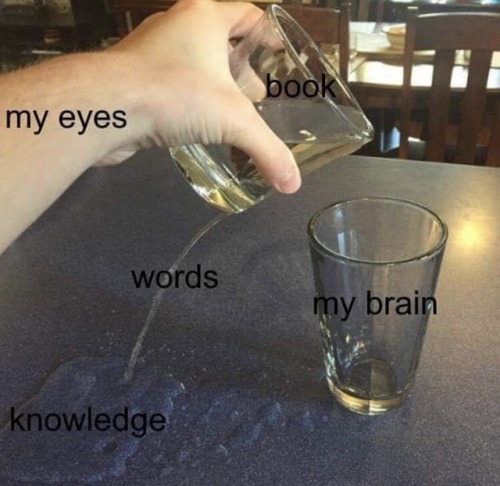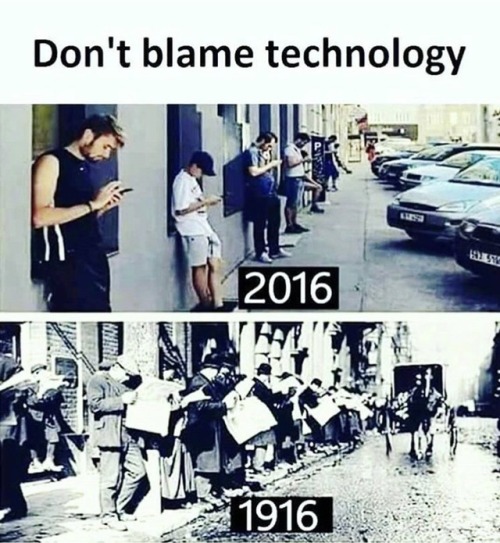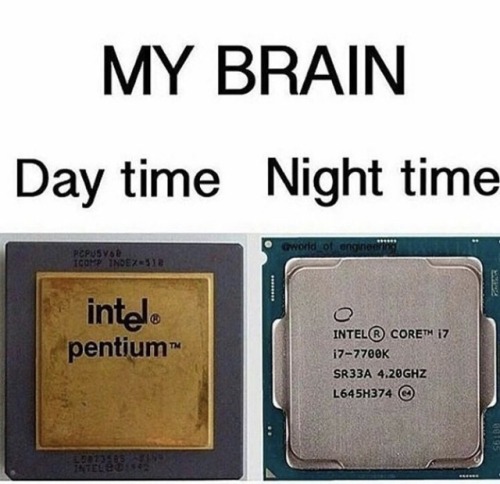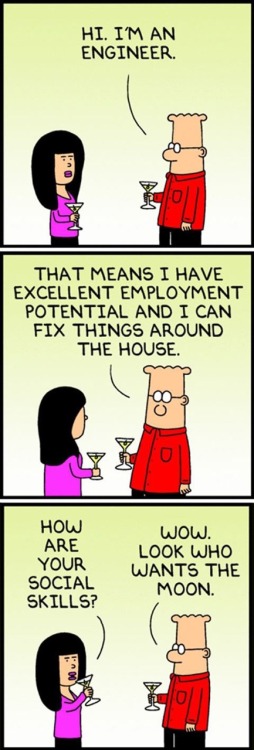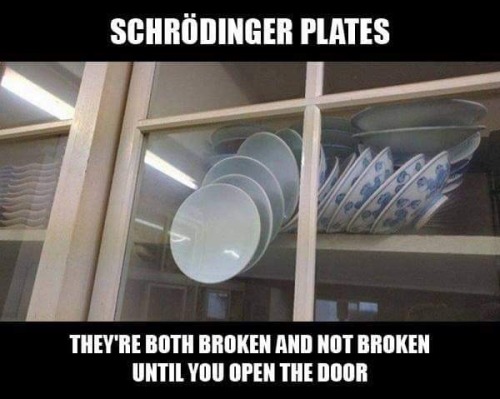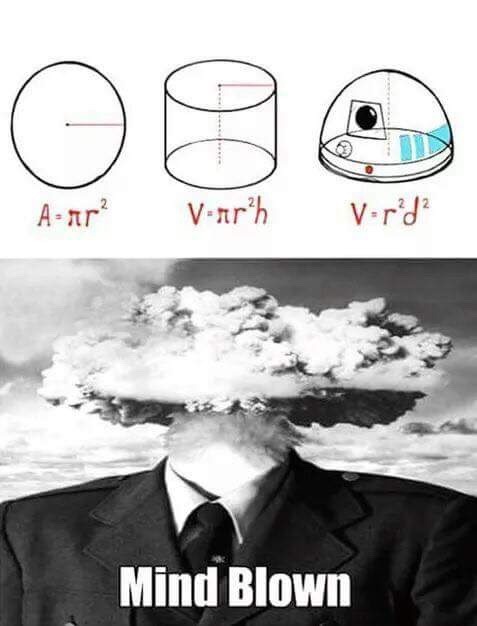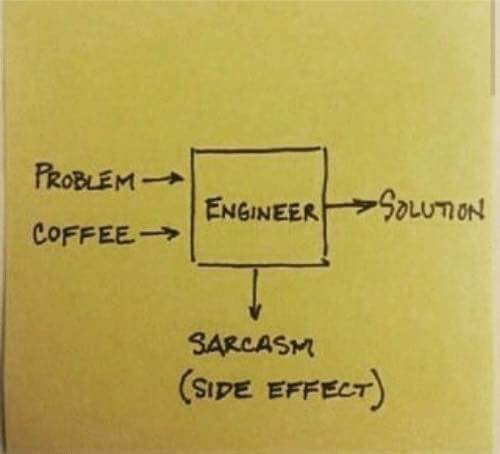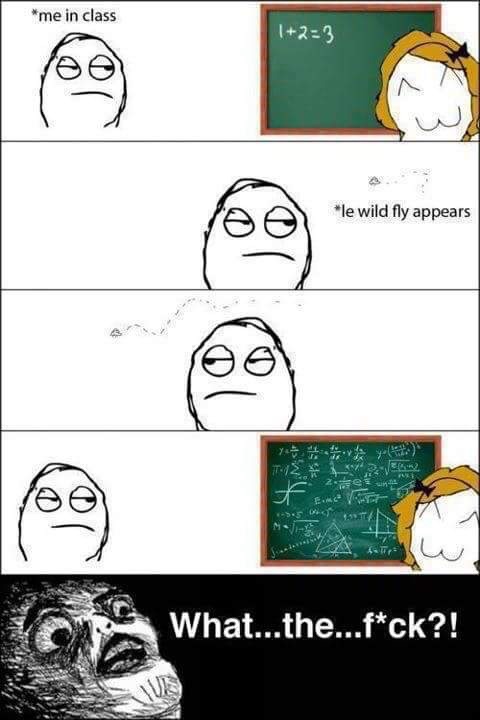#engineers

Credit: Purdue University photo/Rebecca McElhoe
By Shardell Joseph
Engineers have developed a handheld paper divide able to detect a strain of coronavirus quickly and accurately. The strain, MERS-CoV, can be detected by the device in very small quantities, and can be read directly from the device making it portable.
As one of the select few given permission by USA health officials to use diagnostics tests for COVID-19, the Purdue University biomedical engineers claimed that this device could be used to detect the COVID-29 strain – the limitations in doing so currently is the lack of funding. According to the team, the process to scale the technology for manufacturing would cost at least a couple of million US dollars.
‘Paper-based devices are already manufactured – pregnancy tests are paper-based,’ said Purdue University Biomedical Engineering Professor, Jacqueline Linnes.
‘Because this device has a more complex shape, a process hasn’t been developed to make it available on a commercial scale. However, many processes in electronics and paper manufacturing could be translated to scaling up this device.’
But so far, Linnes’ team has just been able to produce these devices on a lab scale, which calls for cutting out the paper components by hand.
‘The most difficult aspect of producing this device is definitely the assembly,’ said Purdue University Biomedical Engineering PhD Cadidate, K Byers.

This time-lapse video shows how a paper device developed by Purdue researchers tests a sample in 40 minutes. This sample is positive for MERS-CoV, as indicated by the formation of a second line on the paper strip. Credit: Purdue University video/K Byers
These challenges may easily be overcome with existing manufacturing techniques, the researchers said.
The device format would not need to change in order to detect other diseases. As the device scales up, however, it would also need to be more sensitive to detect a lower concentration of a virus for clinical relevance.
‘This paper device isn’t dependent on a particular virus or sequence. To detect COVID-19, we would just need an assay design specific to that sequence, which could come from a nasal or throat swap sample. Just like with MERS-CoV, a user could load the assay with liquid into the paper platform, fold the device and let it run,’ Linnes said.
When the device folds over, a liquid wash and chemical substances called reagents push the assay up a paper strip to make an easily visible detection line. This automatically completes a multistep process needed for detecting a virus. A user can check the strip within 40 minutes to see if the sample tested positive.
Read the full paper at: https://pubs.acs.org/doi/full/10.1021/acsomega.0c00115?_ga=2.52130409.1579527955.1583773474-378642389.1583773474
For This is Engineering Day the Royal Academy of Engineering (RAEng) released a video where they highlight all the ways different types of engineers make a difference to the world. Watch the video below.
By Idha Valeur
The second This is Engineering Day will this year happen on Wednesday 4 November 2020 as part of Tomorrow’s Engineers Week 2020 – with this year’s theme being ‘Be the difference’.
With the main aim to inspire and give more young people the opportunity to pursue a career in engineering, regardless of their background, the RAEng is now encouraging engineers, companies and organisations to get involved with the imitative to contribute ideas and ways to present how they make a difference. This could be via social media, events or other activities.
‘As young people prepare to take their key exams and think about career choices, it’s vital that they don’t miss out on opportunities to ‘Be the Difference’ though engineering just because they don’t realise what engineering careers really offer,’ the Royal Academy of Engineering Chief Executive, Dr Hayaatun Sillem CBE, said.
Sillem added that so far, more than 150 companies and organisations have already agreed to help the academy in showcasing how different and diverse the profession is. ‘We continue our work to transform the image of engineering so that many more talented young people from all backgrounds can see a future for themselves in this vital and rewarding profession.’
Chalmers technical University at its best

Kristen Fichthorn, Penn State Merrell Fenske Professor of Chemical Engineering, recently received the 2019 Nanoscale Science from the American Institute of Chemical Engineers for her research on metal nanocrystal syntheses.
“It is a great honor to be recognized for this work, which has been made possible by continued support from the U.S. Department of Energy and the efforts of talented graduate students and postdocs here at Penn State,” said Fichthorn.
Read more about her research at Penn State News.
Another day in the Office
Weirdly close to the conversation with the station engineer. While it wasn’t a chair defying physics, it was our antenna somehow picking up and then broadcasting a nearby military air traffic control radio.
Me: Are we in trouble? This seems illegal.
Engineer: oh yeah this is all super not allowed. God dammit we’re going to have to explain this.
Me: who exactly is in the most trouble? Are we going to government jail??
Engineer: idk but probably don’t talk to the feds until (boss) gets here.
Me: FEDS? GREG? WHAT?
Engineer: FAA, FCC, maybe whoever is the branch for what we picked up.
Me: should I go home?
Engineer: i mean sure, but i ain’t your boss
Me:
Me:GREG.


